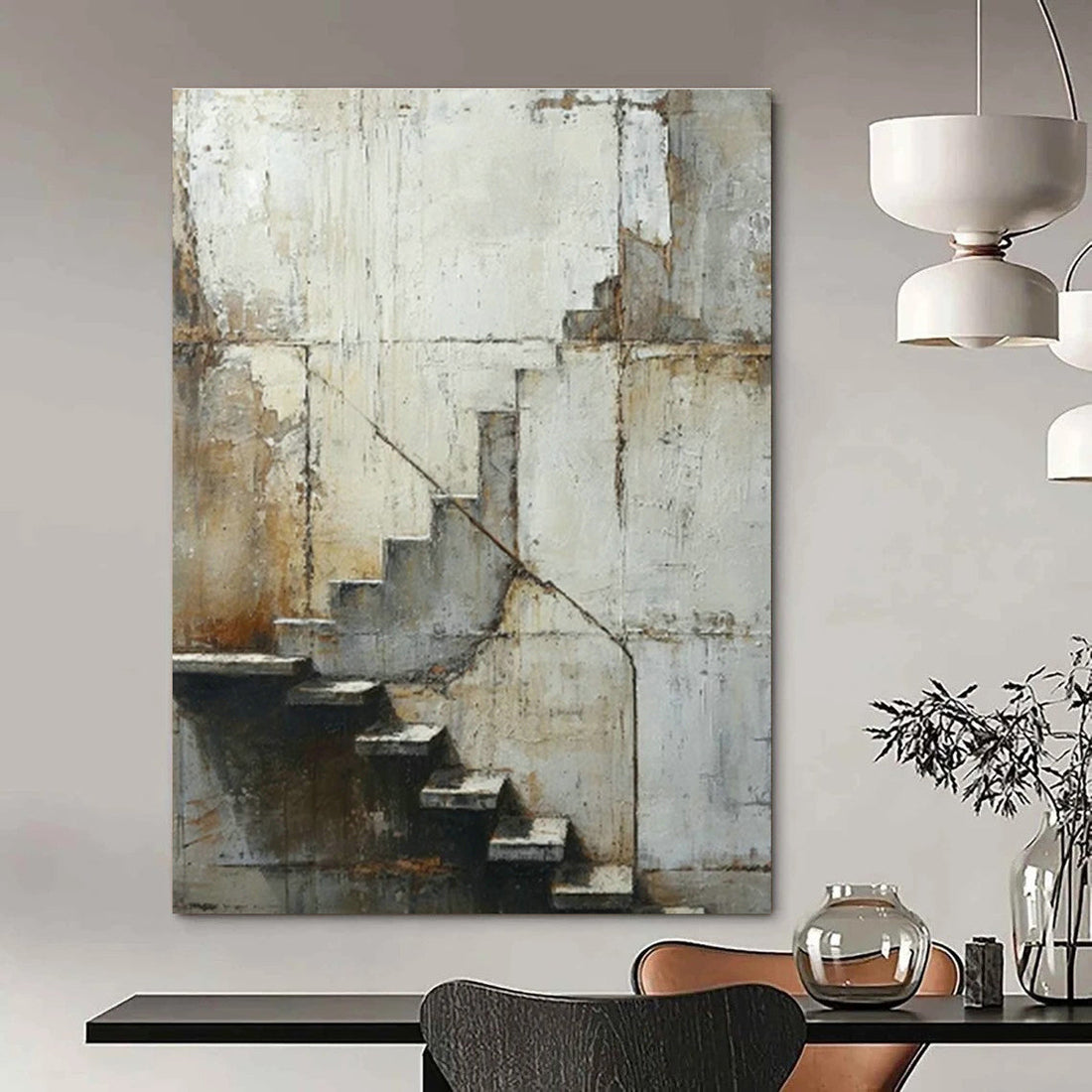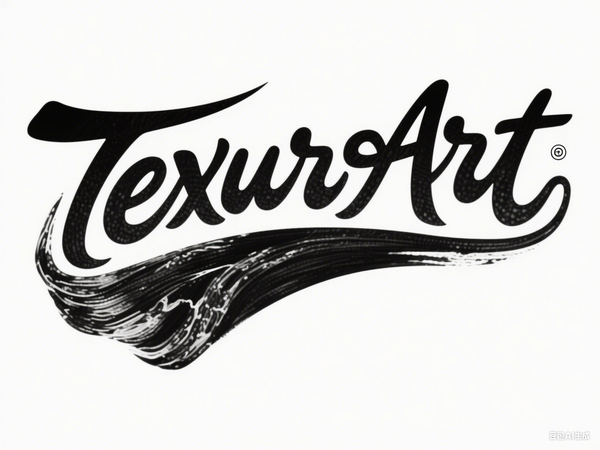
Shades of Sophistication - Exploring the Depth and Emotion of Gray Abstract Art
Share
The Subtle Power of Gray Abstract Art
Gray Abstract Art carves out a unique niche within the broad spectrum of abstract expression. It balances neutrality and depth, softness and complexity, crafting compositions that are both contemplative and sophisticated. By harnessing varying shades of gray, from misty silvers to charcoal tones, artists create immersive experiences that transcend the vibrancy of color to explore form, texture, and mood in a refined, understated way. Gray’s subtlety invites viewers to engage more fully with nuance and emotion, making it a favorite for modern interiors and thoughtful collections.
Understanding Gray Abstract Art
Abstract art is about expressing ideas and emotions beyond literal representation, often using shape, form, color, and texture to evoke feelings or convey concepts. Within this genre, Gray Abstract Art focuses on the monochromatic spectrum of gray. This color embodies balance, quietude, and ambiguity, often symbolizing introspection, sophistication, and the space between extremes.
In gray abstracts, artists experiment with contrasts of tone, surface texture, and composition to create dynamic yet harmonious works that stimulate thought without overwhelming the senses. The interplay between light and shadow on different grays reveals depth and complexity, establishing an evocative atmosphere.
For a comprehensive insight on abstract art and its characteristics, see this detailed overview Abstract Art: Meaning, Characteristics, Types, and Objective.

Renowned Artists and Their Exploration of Gray
Several important artists have explored the subtle power of gray within abstraction, using it to convey mood, tension, and refined beauty:
-
Mark Rothko, a master of color fields, often employed grays alongside muted tones to craft meditative canvases where emotion emerges from subtle gradations of color and light. His works like Gray and Olive invite quiet contemplation and emotional depth.
-
Agnes Martin, known for her minimalist grids and delicate lines, infused her pale gray paintings with transcendental calm and spiritual resonance, emphasizing simplicity and introspection.
-
Cy Twombly used gray tones amid frenetic scribbles and layered gestures, creating textured abstractions filled with energy and mystery.
-
Brice Marden explored gray through layered washes and delicate tonal blends, producing works that evoke nature and meditation.
These artists show how gray can convey both restraint and emotional power.
Explore more about these artists and the evolving role of gray in abstraction in this thoughtful blog post: Here's Some Soothing Grey Abstract Art For Your Wall - Ideelart.
Techniques Emphasizing Gray in Abstract Art
Painting in gray demands careful attention to tone, texture, and layering, where slight shifts create visual interest and emotional resonance. Common approaches include:
-
Layering translucent grays to evoke depth and softness.
-
Mixing grays with contrasting or muted hues to highlight form and spatial relationships.
-
Employing techniques such as dry brush, impasto, and scraping to enhance texture.
-
Using light and shadow interplay to produce a balanced yet dynamic composition.
-
Merging geometric precision with fluid gestures to maintain a tension between order and spontaneity.
For more on foundational abstract painting techniques useful in mastering gray compositions, see this practical guide: Beginner’s Guide to Abstract Painting Techniques.
Emotional and Aesthetic Impact of Gray Abstract Art
Gray Abstract Art resonates through subtle emotional cues rather than bold statements. Its neutrality allows it to integrate effortlessly into diverse environments, enriching spaces with sophistication and tranquility. The quiet power of gray carries psychological undertones of balance, resilience, and contemplation, often appealing to viewers seeking calm amid visual noise.
This art form is especially valued for home and office interiors aiming to evoke modern elegance and understated artistry without sacrificing emotional depth.
Discover the broader emotional significance of abstract artwork in this compelling article: Abstract Wall Art’s Emotional Impact.
Notable Gray Abstract Artworks and Visual Inspiration
Below are examples of influential gray abstract pieces and artists, alongside authoritative sources for further study:
| Artist | Notable Work | Link to Images and Information |
|---|---|---|
| Mark Rothko | Gray and Olive | Rothko on Artsy |
| Agnes Martin | Pale gray grid paintings | Agnes Martin Overview |
| Cy Twombly | Energetic gray textured works | Twombly at MoMA |
| Brice Marden | Layered gray abstractions | Marden on Gagosian |
Recommended High-Authority Blog Articles Related to Gray Abstract Art
Including relevant, high-quality references can support SEO and enrich article credibility. Consider these well-ranked blog articles:
-
Here's Some Soothing Grey Abstract Art For Your Wall - Ideelart — An insightful dive into gray abstracts and their aesthetic value.
-
Abstract Art: Meaning, Characteristics, Types, and Objective - Teravarna — Comprehensive exploration of abstract art’s fundamentals.
-
Abstract Wall Art’s Emotional Impact - Great Big Canvas — Focus on the emotional effects and decor uses of abstract paintings.
-
Brushstrokes of the Imagination - Rocky Mountain College of Art + Design — Profiles of influential abstract artists and thematic trends.
-
The Elements of Abstract Art - ezeeart — Discusses fundamentals of abstract art relevant to tonal and color-focused works.
FAQ
What distinguishes Gray Abstract Art from other abstract styles?
Gray Abstract Art emphasizes subtle tonal variations, texture, and light interplay rather than vibrant color, creating a quiet yet emotionally potent aesthetic that invites introspection and sophistication.
Which artists are known for their gray abstract works?
Mark Rothko, Agnes Martin, Cy Twombly, and Brice Marden are notable for using gray tones to express depth, emotion, and minimalist beauty.
Are there special techniques for painting gray abstracts?
Yes, artists employ layering, textural variation, and careful tonal blending to enhance depth and emotional impact within gray color schemes.
How does Gray Abstract Art fit in modern decor?
Its neutrality and understated elegance make it highly adaptable for contemporary interiors seeking refined, calming, and intellectually engaging art.
Where can I find and purchase authentic Gray Abstract Art?
Discover curated selections and original works at Gray Abstract Art, offering pieces that balance subtlety and expression.
Gray Abstract Art remains a graceful exploration of nuance in abstraction, providing timeless aesthetics that enrich artistic discourse and everyday spaces alike.
